Announcing the 2021 CLP Team Award Winners
We are delighted to announce the winners of the 2021 Conservation Leadership Programme (CLP) Team Awards! This year, CLP is supporting 22 projects – worth just under $440,000 in total – that are set to make a significant contribution towards saving a wide range of threatened species across the world. This crucial work would not be possible without the generous support of Arcadia – a charitable fund of Lisbet Rausing and Peter Baldwin.
Seven continuation awards (three more than last year) will support CLP alumni to scale up their previous projects, including two Conservation Leadership Awards (worth $50,000) and five Conservation Follow-Up Awards (worth $25,000). A further 15 entry-level Future Conservationist Awards (worth $15,000) have also been granted this year.
This plethora of projects will be undertaken in 15 different countries in Africa, Latin America, and Asia & the Pacific, and will focus on conserving a variety of imperilled fauna and flora. Below we showcase some of this year’s winning projects in more detail, including how the teams reacted to the news of their award.
Safeguarding the Critically Endangered Togo slippery frog
One Leadership Award has been granted to a team seeking to reduce the devastating effects of rapid forest loss, human consumption, and the pet trade on the Critically Endangered Togo slippery frog. The team will build on past CLP projects in 2005 and 2013 by expanding their conservation efforts from Ghana into neighbouring Togo, where this frog has so far been unprotected.
Describing his team’s joyful reaction to the news, project leader Caleb Ofori-Boateng said, “As the team read the email, we got out of our seats with our hands raised, fingers clenched into fists, screaming “wow” and “awesome news!” What a day!”
The Critically Endangered Togo slippery frog (Conraua derooi) © Caleb Ofori-Boateng
Promoting sustainable fishing to conserve the last river dolphins in Nepal
One of this year’s Follow-Up Awards is backing efforts to conserve the last viable population of Endangered Ganges river dolphins in the Karnali River, Nepal. Scaling up a past CLP project in 2013, the team aims to reduce accidental entanglement in fishing nets, which can be fatal to the dolphins. By engaging with the fishing community and other local stakeholders, the team will develop locally agreed sustainable fishery guidelines to leverage policy support for river dolphin conservation issues and integrate it into the national priority agenda.
Team leader Gopal Khanal was cooking dinner with Rohit, one of the other project team members, when he read the email from CLP: “What a delicious meal it was after hearing the great news! This follow-up grant will make a huge difference to the conservation of the last remaining river dolphins and their habitat in Nepal.”
Ganges river dolphin (Platanista gangetica) in Nepal © Gopal Khanal
Community-based conservation of red pandas in Arunachal, India
One of this year’s Future Conservationist Awards is helping a team in India obtain some of the first information about Endangered red pandas in the eastern part of Arunachal Pradesh state. Their work will focus on red panda populations living under two different conservation regimes (a National Park and a community-owned forest area) and will involve engaging local communities and their leaders in red panda conservation.
After sharing the news with her team over a conference call, all project leader Rimung Tasso could hear was joyful screams and questions of “is it a prank?!” Rimung said, “Everyone is very excited and happy about the news as it brings us one step closer to our dream project. Thank you so much for selecting us and giving this opportunity to learn, share and make a change.”
Red panda (Ailurus fulgens) in Arunachal, India © Rimung Tasso
Combating the illegal trade of marine turtles in Palawan
On the islands of Palawan in the Philippines, one of CLP’s 2021 Future Conservationist Awards will support a team working to protect critical marine turtle nesting beaches from illegal poaching. The project aims to enhance the management of these habitats by local coastal communities, and identify nesting hotspots and key threats to the remaining populations of hawksbill turtles (Critically Endangered), green turtles (Endangered) and olive ridley turtles (Vulnerable) in the region.
Project leader Sue Ong and her team were “beyond ecstatic” to receive news of their CLP award. “This will allow us to do more conservation work on the ground with our local partners,” said Sue. “It is such a special honour to become part of this ever-growing network of global conservationists and gain access to amazing career growth opportunities!”
To find out more about this project and see the turtle hatchlings in action, watch this video.
A turtle hatchling on a beach in Palawan, Philippines © Georgina Roberts/LAMAVE
Preserving Rapa's endemic birds and plants
Another 2021 Future Conservationist Award goes to a team who have already been working for several years with the local community of Rapa Island, French Polynesia, to protect its rare endemic plants and birds, such as the Critically Endangered Koko fruit-dove and the Endangered Kakikaki Rapa shearwater.
However, it has not been easy as the island is so isolated, taking four days to travel there from Tahiti via freight boat. Project leader Tehani Withers says that, with their 2021 CLP Award, they will be able to do much more: “Protecting these birds and plants will not only be good for the biodiversity of the island, but it will also protect part of the Rapa culture because the birds and plants all have local significance that could be lost if they were to go extinct.”
Watch this video to hear more from the team and find out more about what they’re doing to save Rapa’s unique fauna and flora.
The Endangered Kakikaki Rapa shearwater (Puffinus auricularis myrtae) is one of Rapa island’s rare endemic seabirds © Fred Jacq
Conserving the Endangered Salim Ali's fruit bat in Western Ghats, India
Salim Ali’s fruit bat is one of the three rarest bats in the world. The species is threatened by habitat loss, hunting for meat and use in traditional medicine, as well as a widespread negative attitude towards bats due to their purported link to zoonotic disease spillovers. A team in the Western Ghats, India, has been granted a 2021 Future Conservationist Award to locate and protect the species in its current range.
Since the start of April, project leader Nithin Divakar’s daily routine was to wake up and immediately check his emails for the CLP result. “When I finally received it and saw our team had got an award, I was the happiest man in the world! All the members of our team are so excited about hearing this news. Thank you CLP for making our dreams a reality.”
Watch this video to hear how the whole team reacted to the news.
Although we don’t have space to highlight all of our 2021 award-winning projects here, we congratulate each and every one of our 92 awardees on their success! More details of all 22 projects can be found on the Latest Projects page of our website.
Learn more about the Conservation Leadership Programme here.


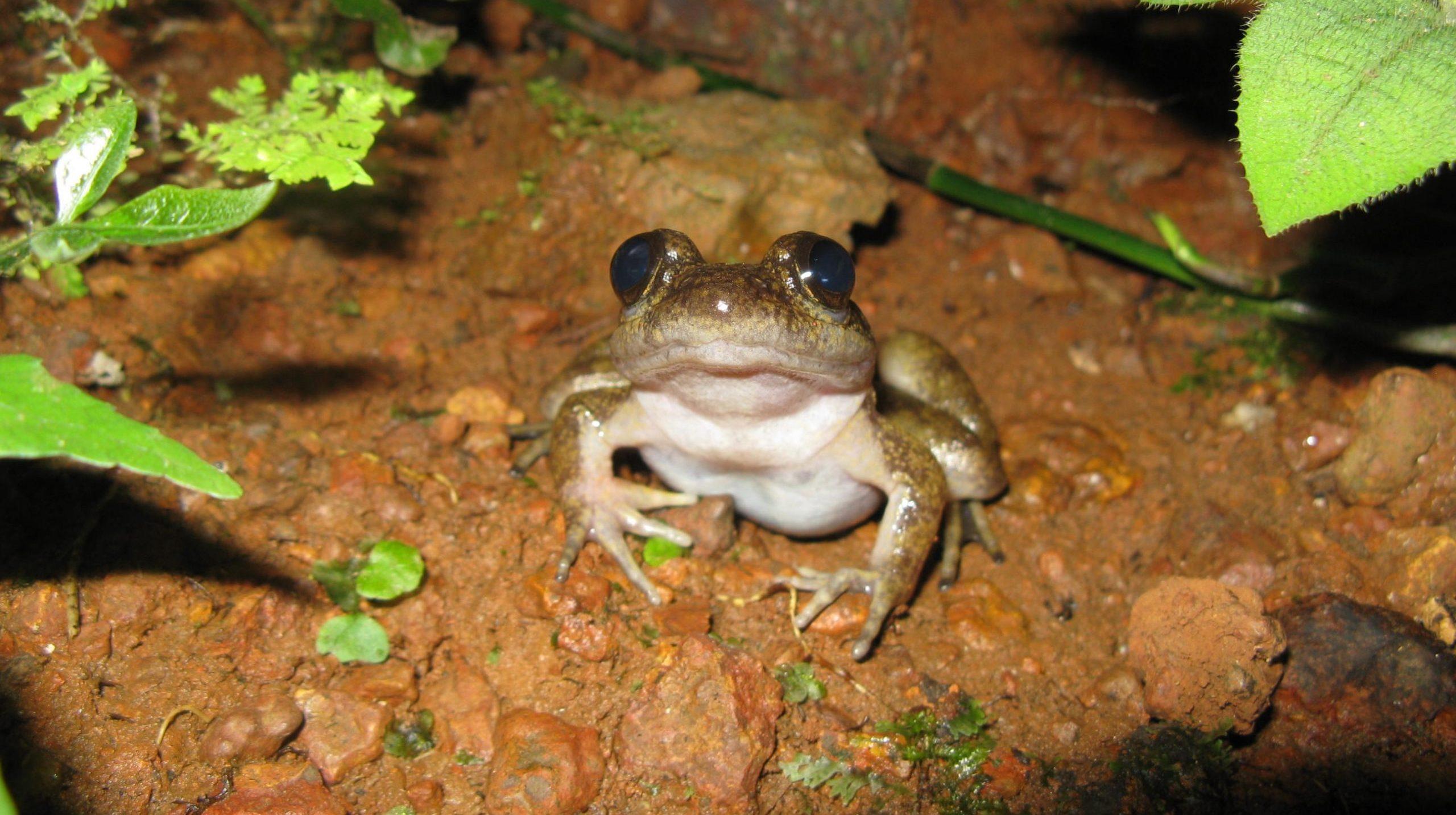
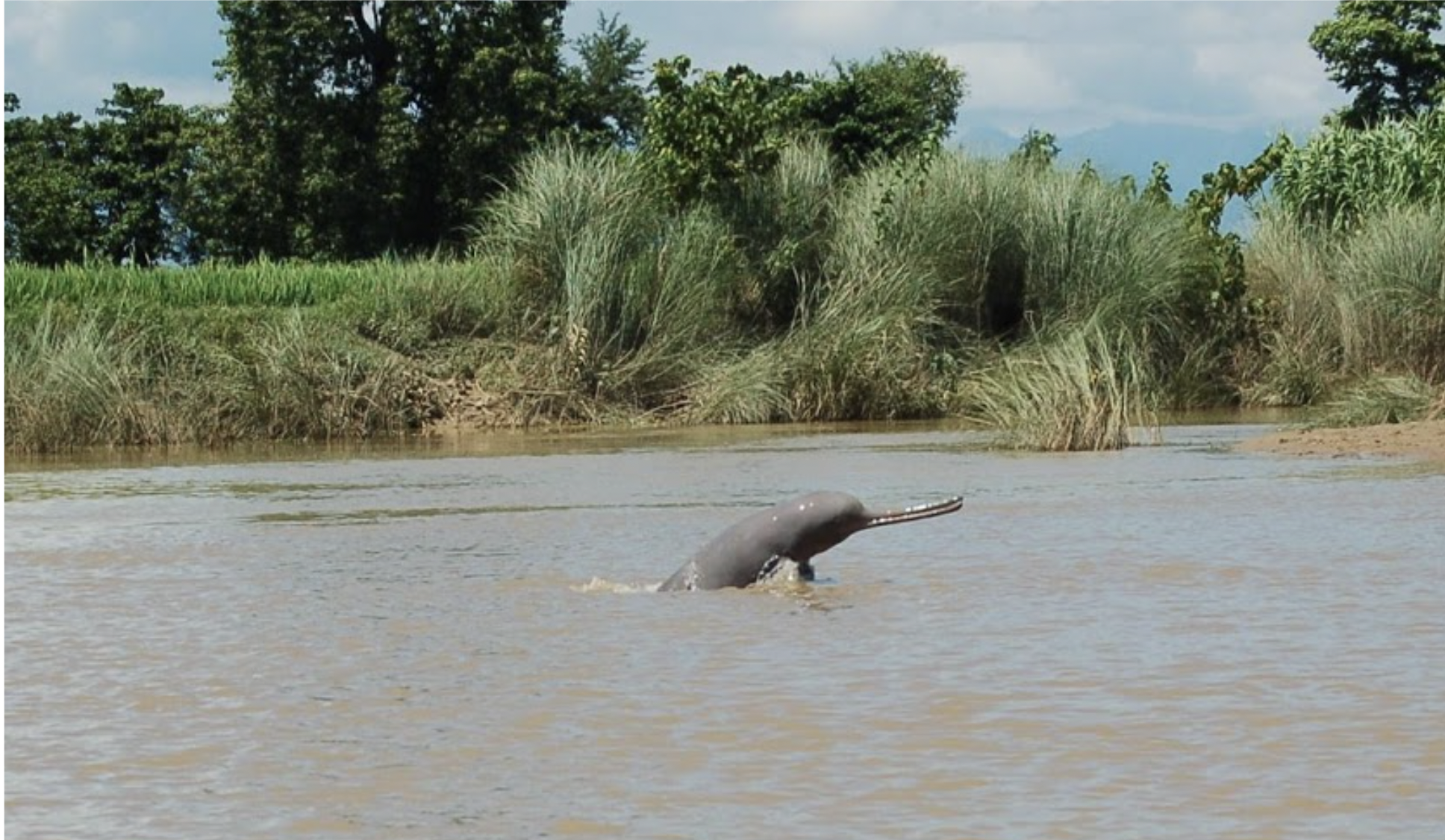
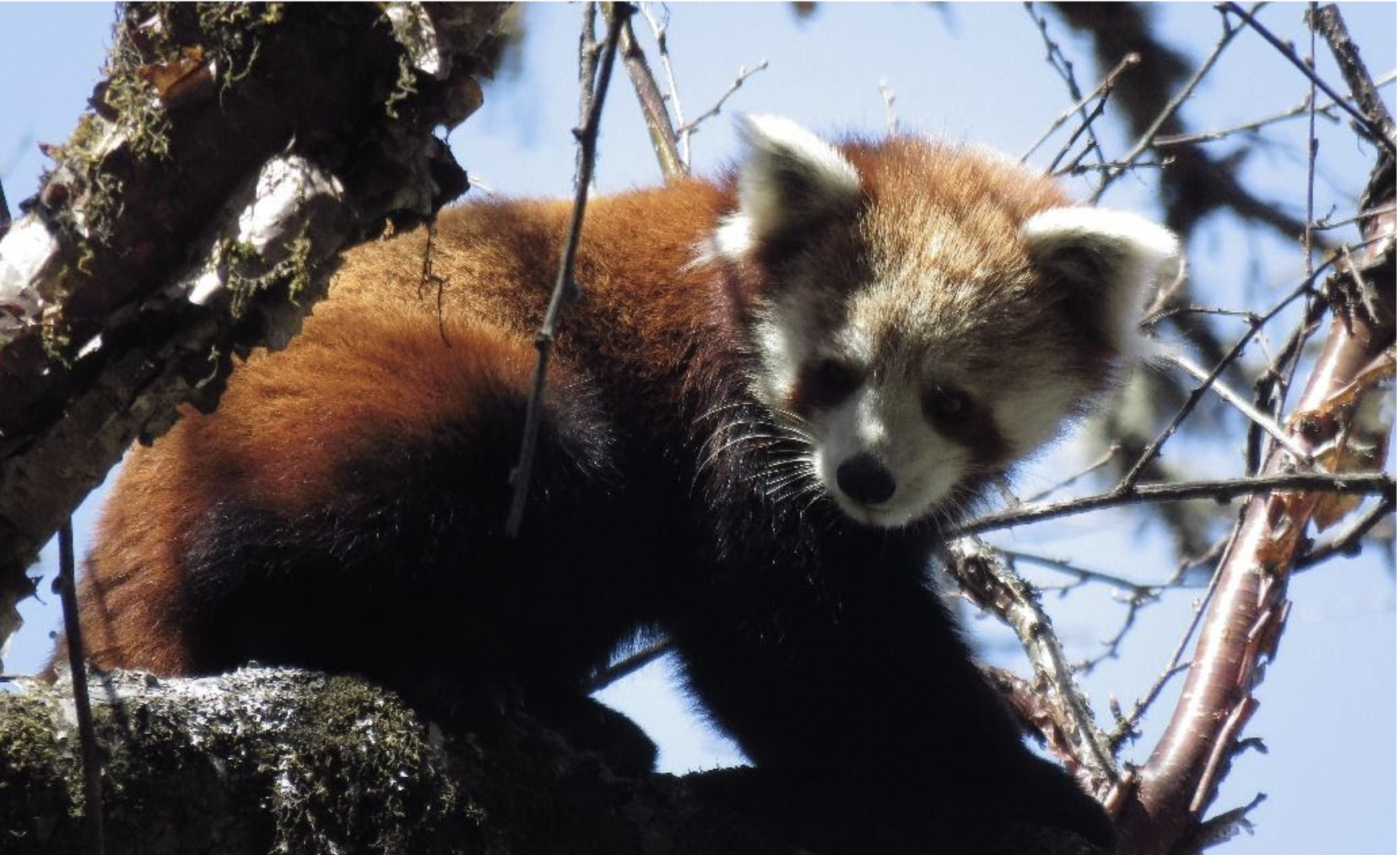
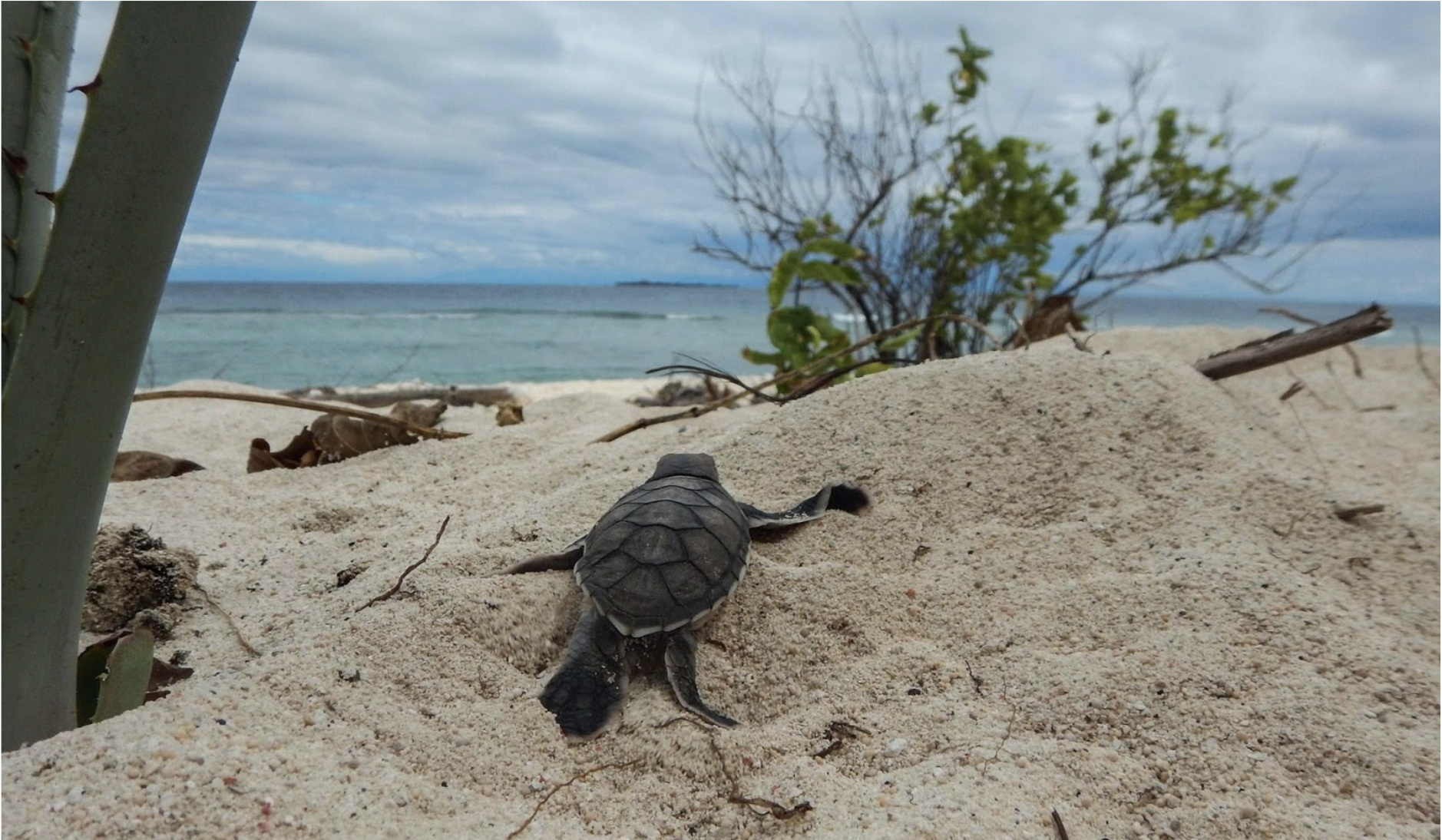
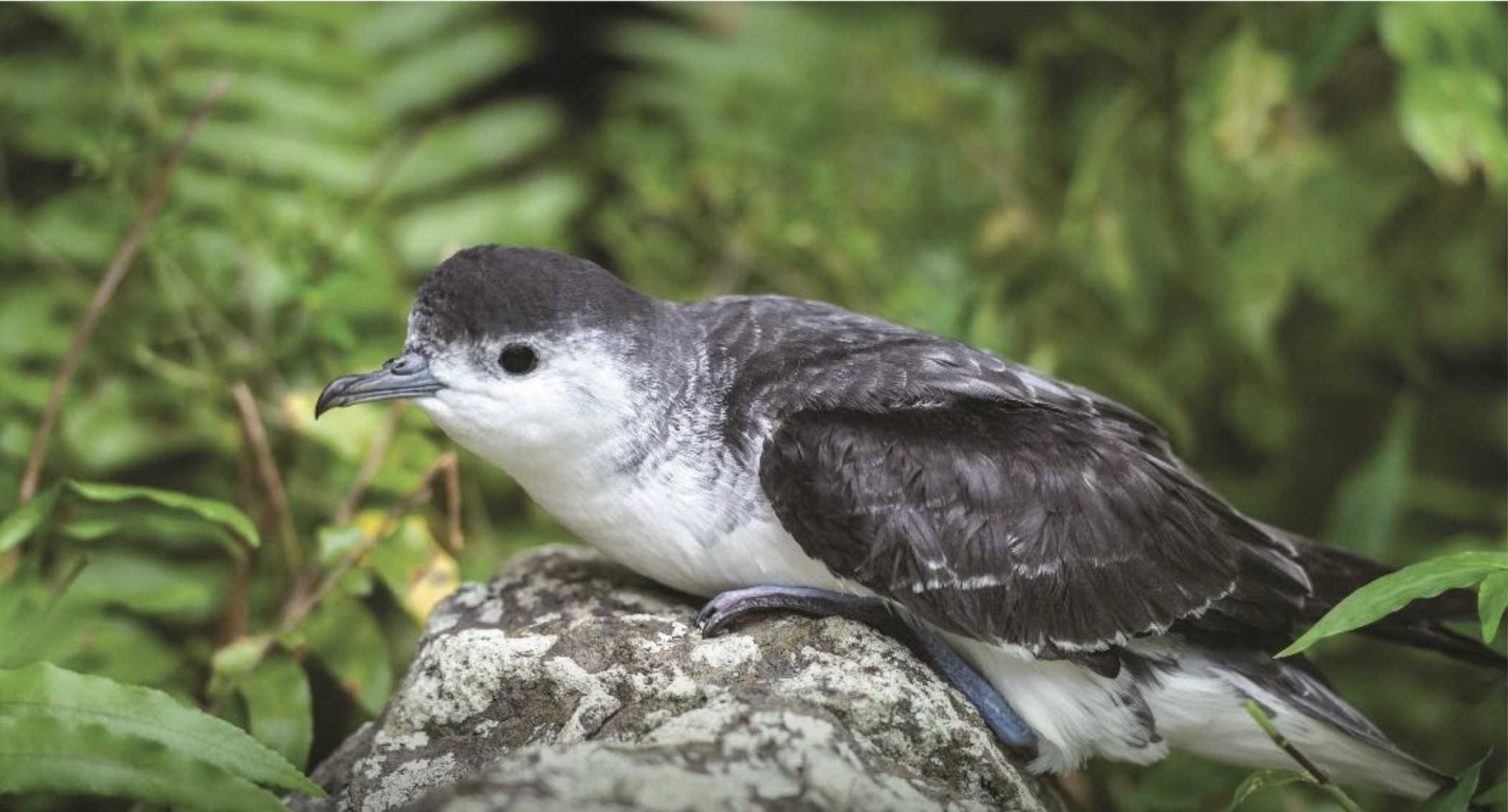
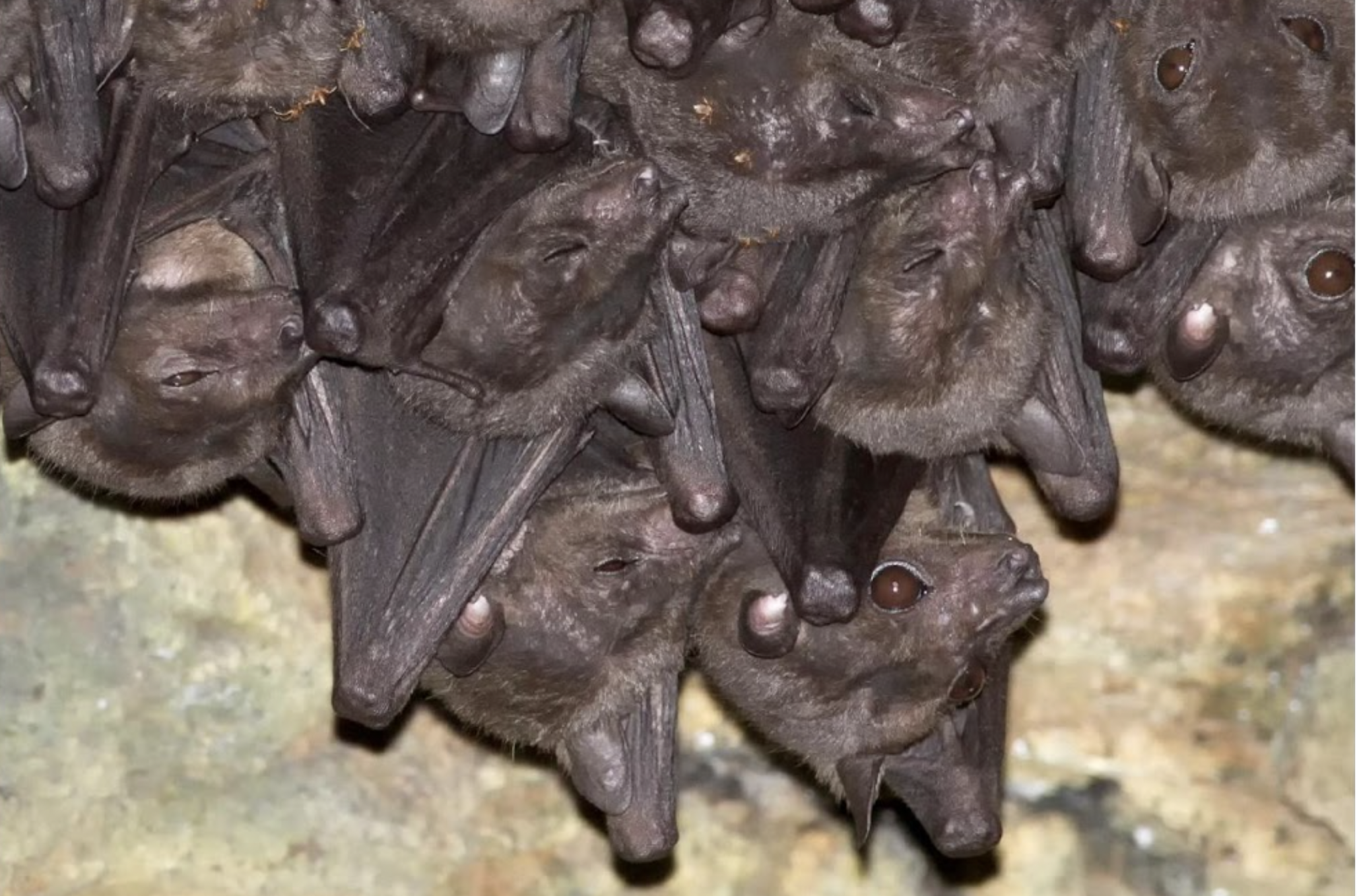
Add the first post in this thread.